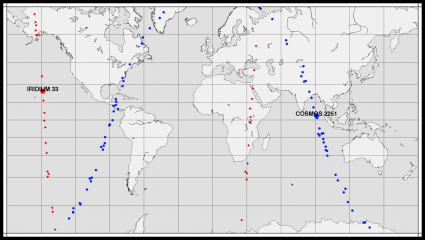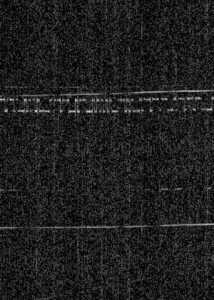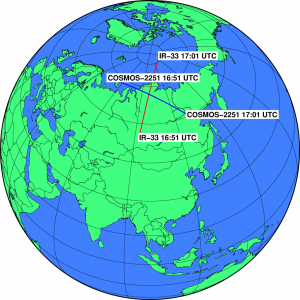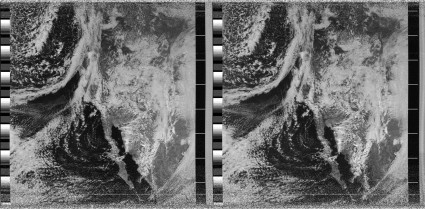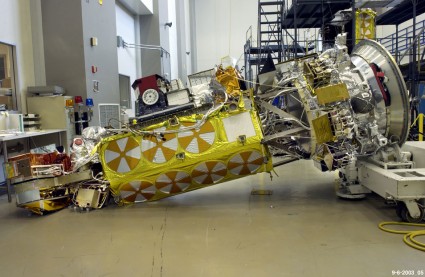My wife mentioned to me that there was a visual pass of the ISS this evening. Wow, is she awesome or what? She found out about it by subscribing to the twitter feed “twisst”, which is apparently automated, and will send you messages when a ISS pass is about to occur. This pass had a maximum altitude of about 35 degrees, so I decided to get out my TH-D7A radio and my Arrow antenna and see if I could not only see it visually, but could bounce some packets off it. While waving my antenna around, I heard the telltale sound of a digital packet, and then, suddenly rising above the hill behind my house, there it was, looking nice and bright. I got my wife to look at it, and while I was looking down at my radio, it apparently went into eclipse, because when I looked back up, not a trace of it could be seen. Nevertheless, I bounced three packets off it, which were logged onto the Internet by gateways. Check it!
2009-09-23 03:47:51 UTC: K6HX-1>37UXPW,RS0ISS-3*,qAS,W6MSU-4:'2+9l <0x1c>-/>THD7A,5w,arrow 2009-09-23 03:48:52 UTC: K6HX-1>37UXPW,RS0ISS-3*,qAo,N6VIG:'2+9l <0x1c>-/>THD7A,5w,arrow 2009-09-23 03:50:51 UTC: K6HX-1>37UXPW,RS0ISS-3*,qAR,N0AN:'2+9l <0x1c>-/>THD7A,5w,arrow


